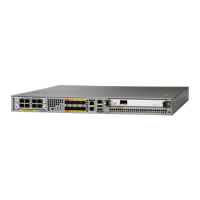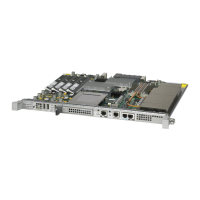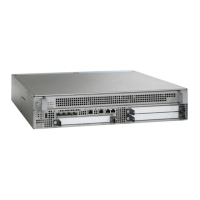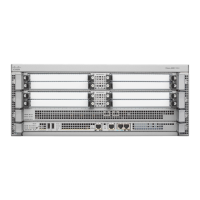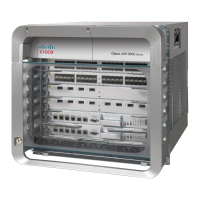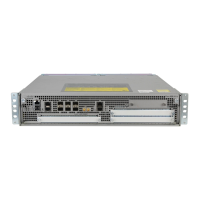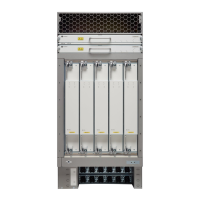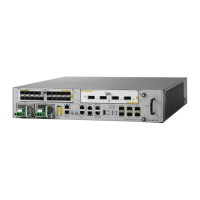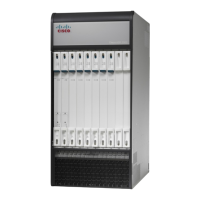14-6
Cisco ASR 1000 Series Aggregation Services Routers Software Configuration Guide
OL-16506-10
Chapter 14 Configuring and Accessing the Web User Interface
Configuring the Router for Web User Interface Access
Step 4 Create and name a persistent web user interface transport map by entering the transport-map type
persistent webui transport-map-name command.
Step 5 Enable HTTP, HTTPS, or both by entering the following commands in transport map configuration
mode:
• server—Enables HTTP.
• secure-server—Enables HTTPS.
Port numbers cannot be set within the transport map. The port numbers defined in Step 3 are also used
with these settings in the persistent web user interface transport map.
Step 6 (Optional) Enter the show transport-map name transport-map-name privileged EXEC command to
verify that your transport map is properly configured.
Step 7 Enable the transport map by entering the transport type persistent webui input transport-map-name
global configuration command.
Examples
In the following example, the web user interface using the default HTTP port is enabled:
Router# configure terminal
Enter configuration commands, one per line. End with CNTL/Z.
Router(config)# ip http server
Router(config)# transport-map type persistent webui http-webui
Router(config-tmap)# server
Router(config-tmap)# exit
Router(config)# exit
Router# show transport-map name http-webui
Transport Map:
Name: http-webui
Type: Persistent Webui Transport
Webui:
Server: enabled
Secure Server: disabled
Router# configure terminal
Router(config)# transport type persistent webui input http-webui
*Apr 22 02:43:55.798: %UICFGEXP-6-SERVER_NOTIFIED_START: R0/0: psd: Server wui has been
notified to start
In the following example, the web user interface using the default HTTPs port is enabled:
Router# configure terminal
Enter configuration commands, one per line. End with CNTL/Z.
Router(config)# ip http secure-server
Router(config)# transport-map type persistent webui https-webui
Router(config-tmap)# secure-server
Router(config-tmap)# exit
Router(config)# transport type persistent webui input https-webui
*Apr 22 02:38:43.597: %UICFGEXP-6-SERVER_NOTIFIED_START: R0/0: psd: Server wui has been
notified to start
In the following example, the web user interface using the default HTTP and HTTPS ports is enabled:
Router# configure terminal
Enter configuration commands, one per line. End with CNTL/Z.
Router(config)# ip http server
Router(config)# ip http secure-server
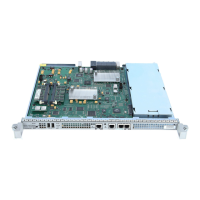
